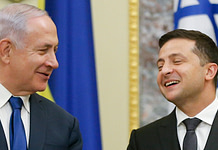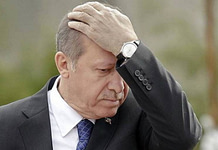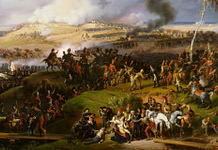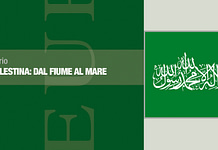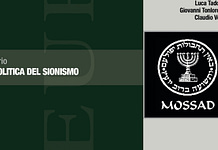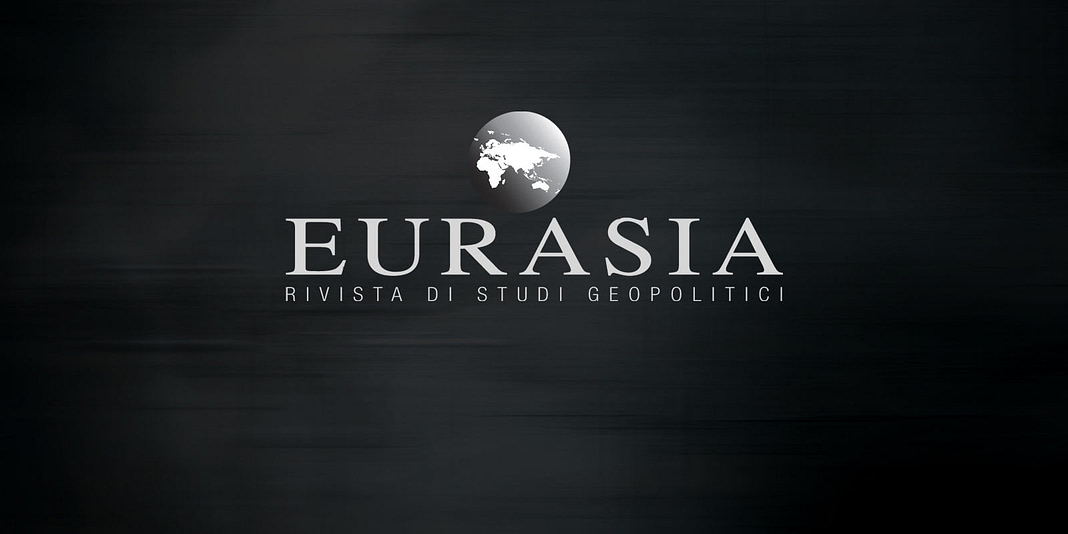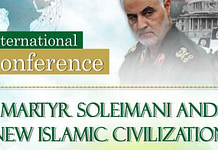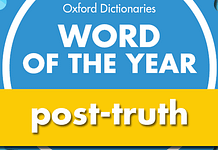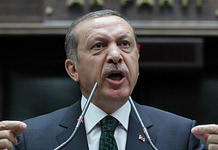Answer by Tiberio Graziani e Daniele Scalea (“Eurasia” editorial staff)
Professor Philip Kelly, respected expert in geopolitics, have done an interesting review of Tiberio Graziani’s paper published in no. 1/2010 of Italia “Eurasia” journal.
Summary of Graziani’s paper: international players could be classified in some catogories. Hegemonic players are countries which, thanks to geography, economy or military power, determine choices and international relationships of the other countries and of global organizations: USA, Russia, China, India. Rising players are countries which, exploiting some geopolitical or strategic atout, try to free themselves from hegemons’ impositions: Venezuela, Brasil, Bolivia, Argentina, Uruguay, Turkey, Japan and partially Pakistan. Pursuer-subordinate players are countries in the influence sphere of one of the hegemons: are pursuer the ones who find useful to remain into this sphere, subordinate the ones who remain in it by external imposition or for a fully lacking of geopolitical awareness. Finally, excluded players are all the other countries (insubordinate, but not able to free themselves from hegemons).
Since there are four hegemonic players, the international context could be considered multipolar. However, USA try to defend the position acquired during the unipolar moment, first of all attacking Russia and searching for China and India’s submissiveness.
Russia still have in Eurasia the role of Heartland already pointed out and explained by Halford Mackinder, but in the context of the rising new multipolar order obtained also other functions. Moscow has built strong relationships with China and India, and better of these two powers is able to tighten positive bonds also with Europe and Japan, as far as involve them in a continental system of alliances and cooperation able to marginalize from Eurasia the Thalassocracy – so winning its resistance to new multipolarism. However, it remains vulnerable a basic area for Eurasia: Near and Middle East. Only an outright choice of side by Russia could exclude North American influence from there.
Critics by prof. P. Kelly: to agevolate answering and reading, we unite the ten critics by P. Kelly in a smaller number of more general points, that we summarize as follow:
- world isn’t multipolar but still unipolar;
- Russia isnt’ able to involve other continental poles in a common geopolitics of Eurasian safety which exclude Thalassocracy;
- European Union deserve to be included among hegemonic players more than others, in particular than India;
- Latin America hasn’t an important role in world geopolitics.
Answers: keeping the same four points that summarize P. Kelly critics, we answer them as follow:
- today a lot of analysts thinks that “unipolar moment” is gone and that a new “multipolar moment” is coming. Our opinion is that we are in this transitional phase. Now USA has yet own hegemony at some extent. Washington has a global projection ability and can interfere in affairs of any areas of Earth. Nonetheless, unlike what happens in the Nineties, some great powers today put a resistance in their own regions. Around these “poles” – i.e. Russia, China and Brasil – there are areas in which US influence is just equal if not lower than that of the regional pole: the near abroad for Moscow, South-Eastern and Central Asia for Beijing, South America for Brasilia. Our opinion is that these “regional hegemonies” will get stronger in future and new poles will added: Turkey and Germany the major candidates. Moreover, the new regional poles show a growing external projection ability: in Africa by China, in Centre and South America by Russia and China again. Our forecast is that, in the space of some years (a pair of decades at the most), transition to multipolar order will be fully completed;
- already during the Cold War Russia had a very positive relationship with India. For last two decades Moscow has been making up with China in a relationship which border on strategic alliance, and has been establishing positive links with a number of prominent European countries (first of all Germany and Italy). Therefore Moscow seems the centre of a net of bilateral relationships among great Eurasian powers, plot which could evolve in a real multilateral net: in these terms Russia could be the keystone of the new multipolar system. Regarding the hypothesis that Central Asia could configure itself as a competitive shatterbelt between Russia and China with USA as equilibrator, it’s not what it’s observed today. Russia and China are cooperating in this area by the Shanghai Cooperation Organization, obviously intending to exclude USA from the region. Central Asia could become in future an area of Russian-Chinese rivalry, but not before that the two powers together will have pushed out US influence from there;
- European Union, and even some single European countries (first of all Germany), have such potentiality to become – or better: to return – global great powers, but that potentiality is still largely inexpressed. EU could be an hegemonic player only if: a) take on a really unitary institutional configuration, at least for what concern decision-making and application of the decisions in strategic relevant sectors; b) adopt common aims in foreign policy and a clear, shared and indipendent geopolitical identity; c) avoid herself from US guardianship, i.e. the “vassallatic” relationship that see EU politically and military subordinate to the alliance leader. For what concern India, it’s true that at the moment she’s ipotetically the weakest hegemonic player – as Brasil she’s an emerging great power, but burdened by being encircled by stronger or pair powers. In particular, India is now virtually lacking in global and also regional projection ability (in this resembling to Japan). However, India has an enormous demographic potential which will reach is most favourable moment in next decades and, if properly exploited, will permit to New Delhi to recover – at least economically – a lot of the gap that today has in front of other countries (especially China);
- Latin (or “Indiolatin”, to pay tribute to the more and more important amerindian component) America isnt’ just in the middle of an internal political cycle, but is engaged in an integration effot without precedent: it could be undervalued the ALBA, but not the UNASUR. Moreover, the Comunidad de Estados Latinoamericanos y Caribeños openly present itself as alternative to Washington-lead OAS, remarking the progressive stand back from the intrusive northern neighbour. Such integrative push is certainly stronger in “leftist” governments, but involve also “moderate” and even “righ-wing” ones, since it meets real needings and interests of these states. Consequences of an Indiolatin America no more subjugated to USA could be upsetting in global geopolitics. In fact, USA – which was a continental power – could pose itself as a thalassocracy and projecting over and beyond oceans basically because lacking rivals or threats on own continent. Freeing of the entire region, rising of a great world power as Brazil and gathering around it of neighbouring countries will force Washington to at least partially stop thinking of the fundamental Eurasian stage for turn to its own former “backyard”. This will favour multipolar pushes that, intentionally (Russia and China) or unintentionally (India and Japan), will marginalize and at the end exclude North American thalassocracy from Eurasian continent.
Questo articolo è coperto da ©Copyright, per cui ne è vietata la riproduzione parziale o integrale. Per maggiori informazioni sull'informativa in relazione al diritto d'autore del sito visita Questa pagina.


